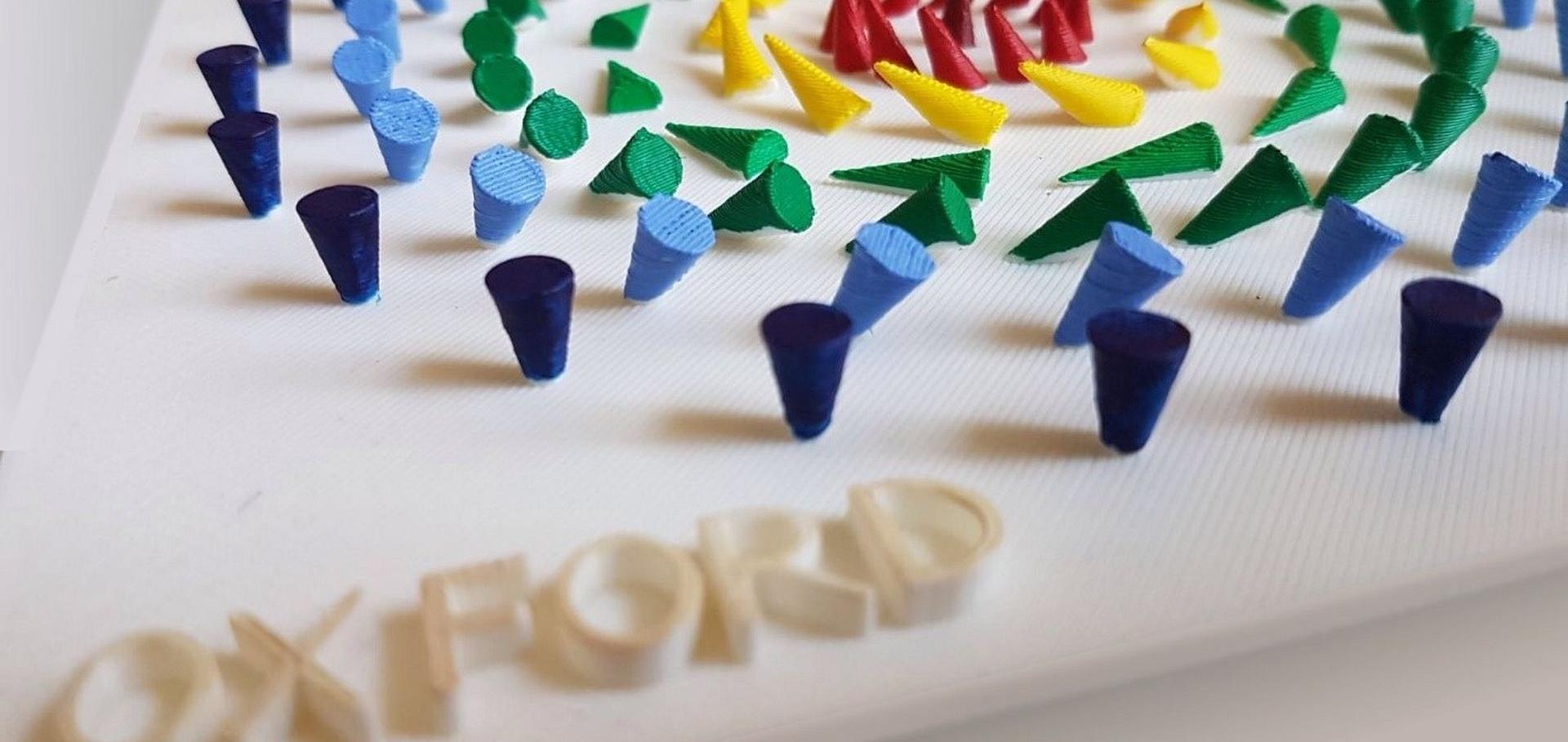Magnetic ordering in Ho-doped Bi2Te3 topological insulator thin films
Physica Status Solidi: Rapid Research Letters Wiley 10:6 (2016) 467-470
Abstract:
We investigate the magnetic properties of Ho-doped Bi2Te3 thin films grown by molecular beam epitaxy. Analysis of the polarized x-ray absorption spectra at the Ho M5 absorption edge gives an effective 4f magnetic moment which is ~45% of the Hund's rule ground state value. X-ray magnetic circular dichroism (XMCD) shows no significant anisotropy, which suggests that the reduced spin moment is not due to the crystal field effects, but rather the presence of non-magnetic or antiferromagnetic Ho sites. Extrapolating the temperature dependence of the XMCD measured in total electron yield and fluorescence yield mode in a field of 7 T gives a Curie-Weiss temperature of \theta_CW ~ -30 K, which suggests antiferromagnetic ordering, in contrast to the paramagnetic behavior observed with SQUID magnetometry. From the anomaly of the XMCD signal at low temperatures, a Neel temperature TN between 10 K and 25 K is estimated.On the temperature dependence of spin pumping in ferromagnet–topological insulator–ferromagnet spin valves
Results in Physics Elsevier 6 (2016) 293-294
Abstract:
Topological insulators (TIs) have a large potential for spintronics devices owing to their spinpolarized, counter-propagating surface states. Recently, we have investigated spin pumping in a ferromagnet-TI-ferromagnet structure at room temperature. Here, we present the temperature-dependent measurement of spin pumping down to 10 K, which shows no variation with temperature.Transverse field muon-spin rotation measurement of the topological anomaly in a thin film of MnSi
Physical Review B: Condensed Matter and Materials Physics American Physical Society 93:14 (2016) 140412(R)
Abstract:
We present the results of transverse-field muon-spin rotation measurements on an epitaxially grown 40-nm-thick film of MnSi on Si(111) in the region of the field-temperature phase diagram where a skyrmion phase has been observed in the bulk. We identify changes in the quasistatic magnetic field distribution sampled by the muon, along with evidence for magnetic transitions around T≈40 and 30 K. Our results suggest that the cone phase is not the only magnetic texture realized in film samples for out-of-plane fields.Transverse field muon-spin rotation measurement of the topological anomaly in a thin film of MnSi
(2015)
Study of Ho-doped Bi2Te3 topological insulator thin films
Applied Physics Letters American Institute of Physics 107:18 (2015) 182406


